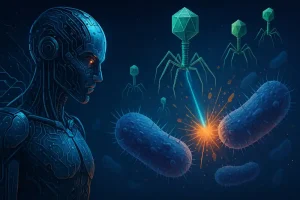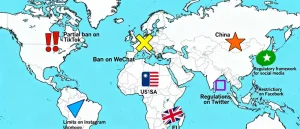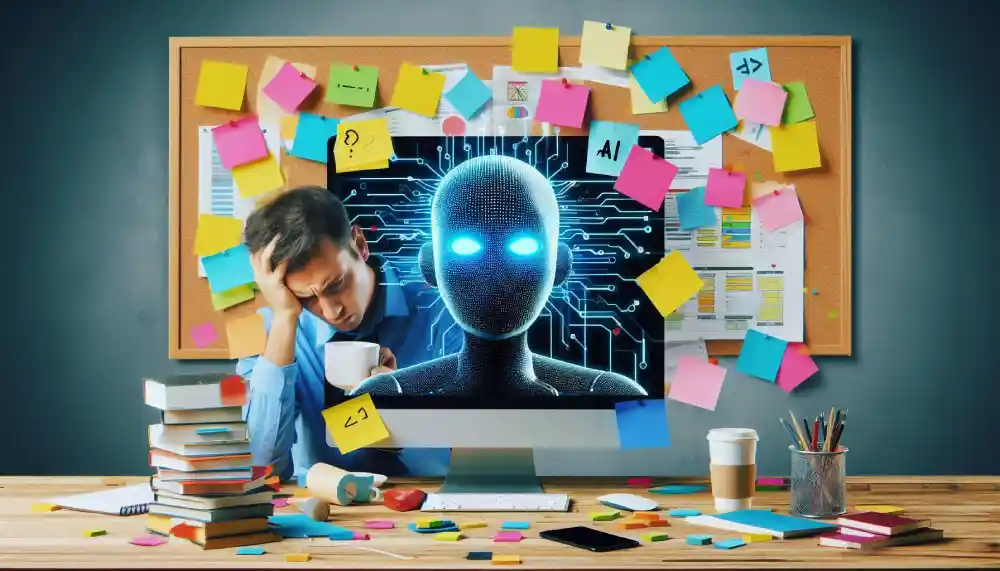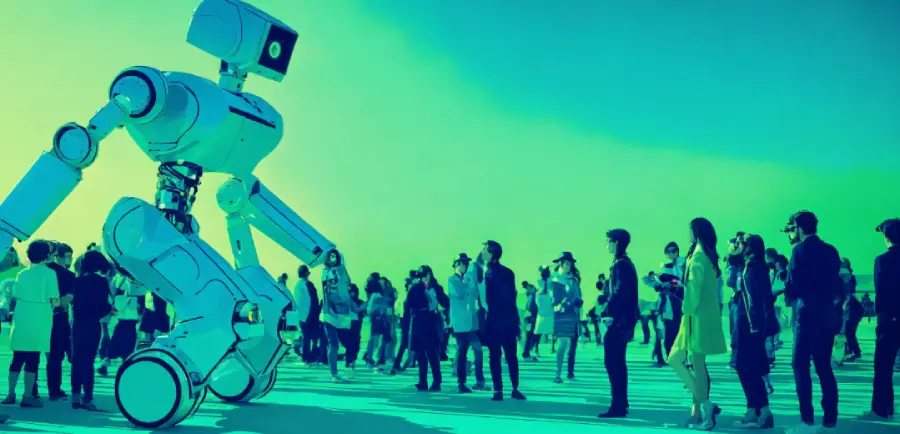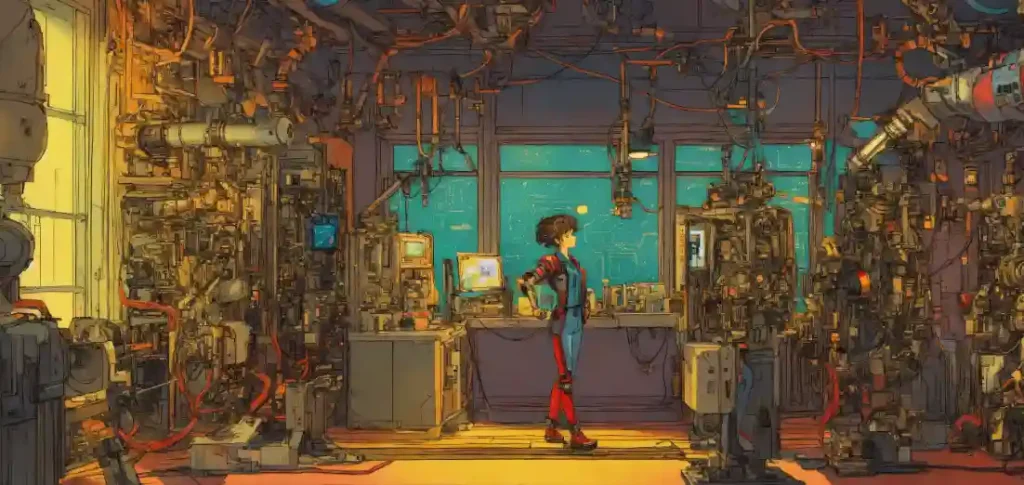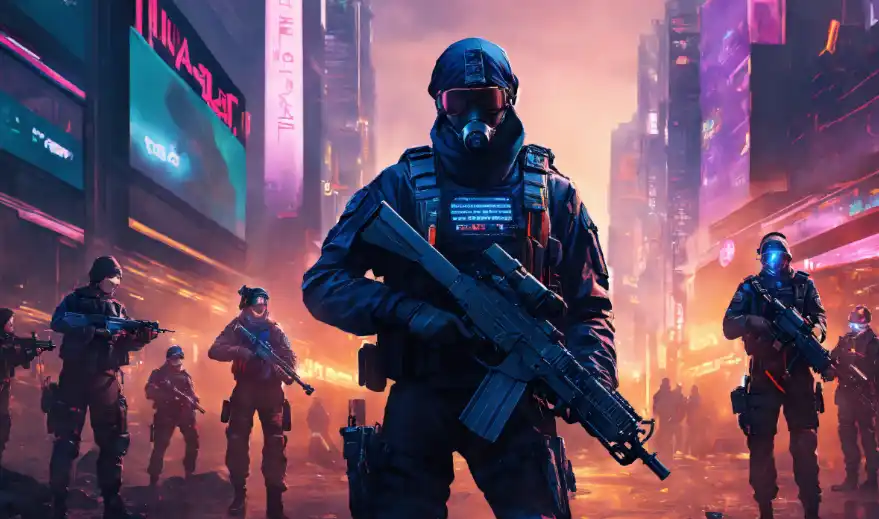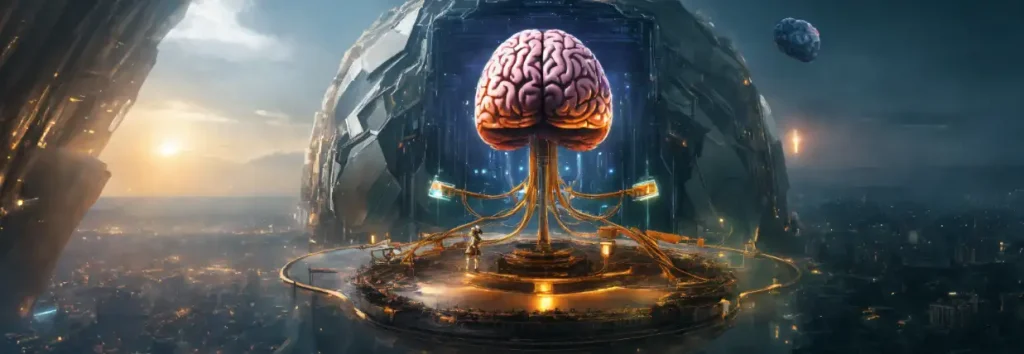Author: Satyen K Bordoloi
Satyen is an award-winning scriptwriter, journalist based in Mumbai. He loves to let his pen roam the intersection of artificial intelligence, consciousness, and quantum mechanics. His written words have appeared in many Indian and foreign publications.
What you see is not what you get when it comes to digital eyewear, as Satyen K. Bordoloi profiles their evolution and future in the age of AI. In 2018, while writing a film about a blind detective, I conjured her being able to do detection with the help of smart glasses with AI in them. The spectacle is equipped with AI, a camera and a RADAR that relays everything it sees and senses – like distance, to her ears. In a crunch situation around the midpoint, she even drives a car. Being five years before the Generative AI revolution…
Life is full of people who disagree with you, but AI turning into a validation machine will have potentially dangerous consequences for humanity, writes Satyen K. Bordoloi When a man asked ChatGPT 4 to help him develop his business idea of selling ‘shit on a stick’, the chatbot thought it was “absolutely brilliant” that “It’s not just smart – it’s genius.” And advised “$30k could easily launch this into the stratosphere.” It is this answer that went viral ‘into the stratosphere’. Why? Because it was really shit on a stick. That response, along with numerous other users’ experiences with chatbots,…
A new research report by MIT is giving the corporate world nightmares, but Satyen K. Bordoloi reads between the lines and finds that the ‘shadow AI economy’ is where the real AI story lies. I have been taking formal and informal talks about AI since 2019. Back then, I had to trigger interest in people about AI. These days, I’m approached to share my insights. The miracle happened after November 2022 when ChatGPT launched. In recent talks I have had with people, including one with the staff of different consulates in Mumbai, one fact has become apparent to me: everyone…
Tesla talks potential, Boston Dynamics’s videos wow, but it is a Chinese company, Unitree, that just put a real, capable humanoid robot on sale for less than $6,000, finds Satyen K. Bordoloi as he heralds the age of accessible robotics. On January 1 this year, when I stated in a piece that robots would be available to buy on shelves this year, a friend shot back at what he called ‘my imagination’. He didn’t deny it would happen; he just believed it was years away, if not decades. He quoted Morgan Stanley numbers, which had estimated in 2024 that a…
The two most chaotic forces in modern science – artificial intelligence and quantum mechanics – may be humanity’s best hope for solving our greatest challenges, writes Satyen K. Bordoloi When physicists associated with LIGO – Laser Interferometer Gravitational-Wave Observatory in the US – gave AI a problem to solve, they weren’t expecting miracles. The goal was to redesign the world’s most sensitive gravitational wave detector to hear even fainter whispers from the cosmos. The AI’s first response was an asymmetrical mess with hundreds of components and a bizarre three-kilometre-long ring bolted between parts of the interferometer. However, the team, as…
It is not enough to bluster that our armed forces be AI-ready without a supply line of indigenous tech to fuel them, writes Satyen K. Bordoloi Operation Sindoor, as a retaliation against the Pahalgam terror attack, woke India up to the need for machine learning (ML) integration into our command and control, on-ground war, logistics and decision-making. The result has been an Indian army AI roadmap announced recently that envisions integration of battlefield innovations in Artificial Intelligence (AI), ML and Big Data across our operational theatres, logistics and decision making by 2026-27. This is a commendable move by the government.…
Forget big data sets and giant models; a new machine learning architecture aces logic puzzles on minuscule training and resources, threatening to change machine intelligence forever, finds Satyen K. Bordoloi For humans, many things are easy to learn. You don’t know how to thread a needle? Someone shows you: stiffen the thread with spit, rub it between fingers, squint your eyes and gently insert the thread into the eye of the needle. Within a minute, you’ve learnt it. But try to teach the same to an AI robot. The effort and energy required to learn is humongous, if it can…
Remember when browsers just opened websites? Today’s AI browsers taking over the world can not only book your flight, but also double up as a therapist, finds Satyen K. Bordoloi. On September 30, 1997, Microsoft released Internet Explorer 4 at a party in San Francisco. Some team members decided to prank rival Netscape. They planted a giant metal “e” logo – the Internet Explorer symbol – on the front lawn of Netscape’s headquarters. It was paired with a greeting card that read: “Best wishes, the IE team.” Netscape had the larger browser market share. So, their employees toppled the “e”,…
The AI surgery robot learned by watching videos and outperformed humans on the operating table, finds Satyen K. Bordoloi In India, during the 1980s and 1990s, surgery was a significant event. Families went scouting for a surgeon with ‘accha haat’ – a good hand. However, the advent of computer-aided surgery meant that when my father had to undergo knee replacement surgery in 2014, the doctor at GNRC Hospital, Guwahati, assured me that, being computer-assisted, the margin of error was minimal, and he, the surgeon, was primarily there for placing the artificial knee and suturing. Eleven years later, with AI and…
A new AI safety report finds that CEOs of AI companies are playing Russian Roulette with humanity’s future, says Satyen K. Bordoloi as he details the key findings of a terrifying report they pray you never read. The number of people who believe AI will cause the end of the world has increased over the years. Geoffrey Hinton, the “Godfather of AI,” warns of its “existential threat.” Yuval Noah Harari declares AI could “destroy civilisation.” Elon Musk, whose billions fuel the AI arms race, calls it “summoning the demon.” Such apocalyptic rhetoric is problematic: it reduces the debate to cartoonish…

